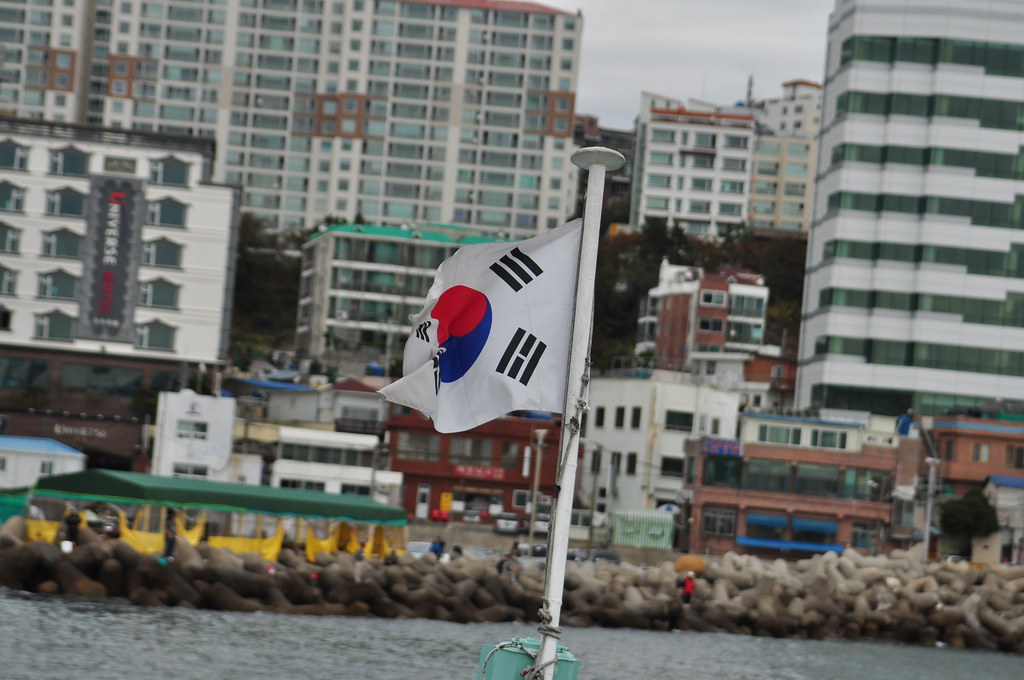By Matija Šerić
One of the minority national communities with enormous historical, cultural, and political significance in the Middle East—yet one of the least discussed in global mainstream media—is the Jewish community of Iran. Iranian Jews are often treated as if they do not exist or are an entirely insignificant group with no value. This dominant assumption is incorrect. They represent a highly unique minority group, rarely comparable to any other.
Ancient History
The Jewish community in Persia/Iran is one of the oldest Jewish communities in the world. Its presence can be traced back to the 6th century BCE, during the time of the First Jewish Temple. The history of Iranian Jews is closely linked to that of the Jews in nearby Babylon (modern Iraq). Cyrus the Great, the first ruler of the Achaemenid dynasty, conquered Babylon in 539 BCE and allowed Jewish exiles to return to the Land of Israel, ending the era of the First Jewish Exile. Jewish communities were scattered from Babylon to Persian cities and provinces such as Hamadan and Susa.
The most famous testament to their influence on history is the Book of Esther (one of the books of the Bible), which highlights the significant role of Iranian Jews in shaping the heritage of the Middle East. During the reign of the Sassanid dynasty (226–651 CE), the Jewish community in Persia significantly grew. Despite this, Jews faced periodic threats and persecutions.
The Arrival of Islam
The Iranian Jewish community endured numerous hardships, starting with the Muslim conquest in the 7th century. At that time, Persia lost its independence, and Islam became the state religion, negatively impacting all non-Muslims. In the 16th century, Shia Islam became dominant, but this did not improve conditions. On the contrary, Jews were subjected to persecution and discrimination.
During the 19th century, under the rule of the Qajar dynasty, Jews suffered brutal repression, and many communities were forced to convert to Islam. As a result, many emigrated to Israel, a movement fueled by the rise of Zionism, which emerged as a national liberation movement advocating the establishment of a Jewish state in Palestine.
The 20th Century
When the Pahlavi dynasty came to power in 1925, a period of prosperity began for the Jewish community. Jews gained access to key positions in society, the economy, and culture, experiencing a golden era. After 1945, the Jewish Community Council was established. However, following the Iranian Islamic Revolution in 1979, the new theocratic government severed ties with Israel. Over time, Tehran has supported various Islamic organizations that attack Israel, such as Hezbollah in Lebanon, Hamas in Palestine, and the Houthis in Yemen.
The Jewish community, which numbered nearly 80,000 in 1979, drastically declined after the revolution. Tens of thousands, particularly wealthy Jews, fled the country out of fear of persecution and execution, leaving behind their property in Iran. Soon, prominent Jewish representatives met with Iran’s Supreme Leader, Ayatollah Ruhollah Khomeini, in the city of Qom. They congratulated Khomeini on his victory, and in return, he promised to protect Judaism, asserting that Islam, Christianity, and Judaism were the only true religions from heaven.
The Status of Jews in the Islamic Republic
In the Islamic Republic of Iran, Jewish rights are protected by the constitution and law. Jews have the right to religious freedom under the Islamic status of dhimmi—protected non-Muslim minorities. They have one representative in the national parliament. However, they face significant challenges, one of the biggest being the necessity to publicly distance themselves from Zionism and the State of Israel while demonstrating loyalty to Iran.
Common accusations include claims that they maintain ties with Israel and the United States and act as a fifth column ready for betrayal. Collaboration with Israel and the U.S. is punishable by death. Since the revolution, at least 13 Jews have been executed in Iran, most due to religious reasons or alleged ties to Israel. In the last week of December 2017, two synagogues in the Iranian city of Shiraz were vandalized.
Jews who wish to obtain passports to travel abroad must apply at a special office, where they become subject to state surveillance. The government frequently prevents entire families from traveling together abroad to deter mass Jewish emigration.
Beyond political challenges, Jews in Iran face severe economic difficulties. Many belong to the lower socioeconomic class, which further complicates their daily lives. They struggle with unemployment and low incomes, and their access to education and public office is restricted. Their religious affiliation hinders social mobility. Iranian state media promote antisemitic propaganda. One of the most notable examples is the publication of The Protocols of the Elders of Zion, a notorious czarist forgery, in 1994 and 1999.
Jewish Survival
Today, only about 9,000 Jews live in Iran, mostly in Tehran, Shiraz, and Isfahan. The Iranian Jewish community remains the second-largest in the Middle East after Israel. Iranian Jews continue to proudly preserve their culture and national identity. Iran is home to more than 100 synagogues, of which 30 are active. There are five Jewish schools and two kindergartens in Tehran, as well as kosher butcher shops, restaurants, and matzah factories. Although the government seeks to limit Jewish influence in politics and society, it does not interfere with religious practices.
Challenges
Authorities try to compel Jews to participate in public celebrations such as Revolution Day on February 11 or Quds Day (Jerusalem Day). These events feature massive gatherings in support of Palestinians across the country, during which Israel is condemned. In 2023, the government urged Jews to forgo celebrating the end of Passover and instead join Jerusalem Day. However, few Jews participate in such events. Nevertheless, Jewish representatives regularly denounce Israeli policies.
After the assassination of Hamas leader Ismail Haniyeh in the summer of 2024—carried out by Mossad operatives—representatives of the Jewish, Christian, and Zoroastrian communities in Iran expressed their condolences, calling Haniyeh a martyr. Such gestures do not lead to the emancipation of Jews and other religious minorities, whose members remain third-class citizens.
An example is the execution of Arvin Nathaniel Ghahremani, a 20-year-old Iranian Jew, in November last year after he was convicted of killing a Muslim in a financial dispute. Many analysts believe the execution would not have taken place if Israel-Iran relations were not at an all-time low.
Future
Despite the challenges, Iranian Jews should continue to survive as a historic minority of great significance that has significantly enriched Iran and contributed to its progress in an unstable region. Their rich cultural and intellectual heritage has left an indelible mark on Iranian society, facilitating Iran’s scientific, artistic, and commercial achievements. Without Jews Iran today wouldn’t be country as we know.








